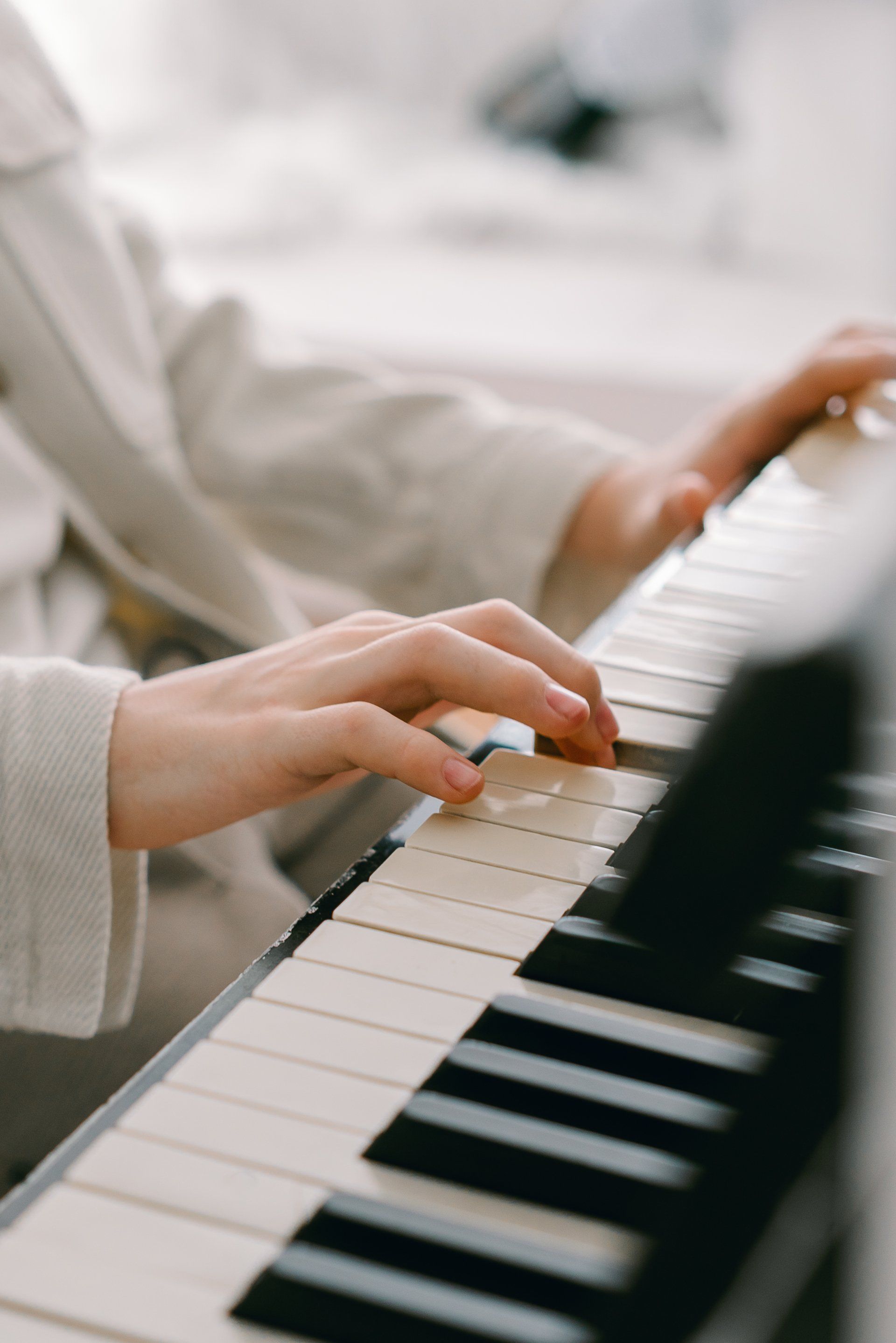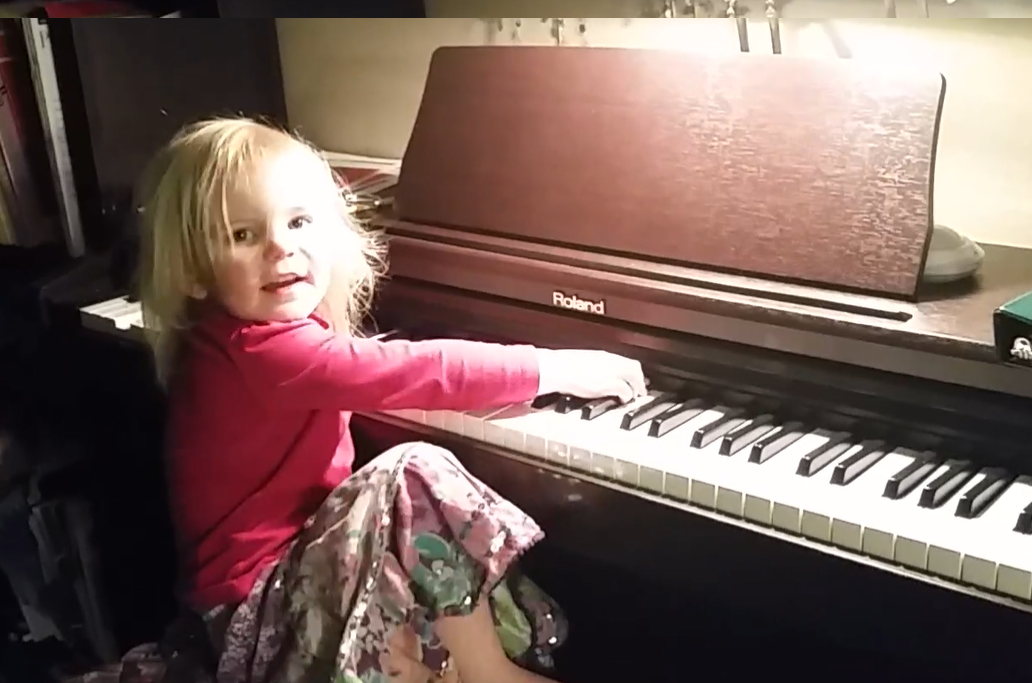Making Playing the Piano a Playful Experience
This is a subtitle for your new post
The life of a happy child is immersed in play. It is in these times they are most receptive to new ideas. I try to make myself aware of how each student responds to lessons and tailor them in a way that is most productive for them.
Not Your Piano Lessons from Years Past
I had two different piano teachers, and both of them followed the same pedagogy – pick a method book series and go page by page through the book. It did the job, but it left me with a very strict sense of duty and demanded respect for the notes on the page, while saying nothing of technique or artistry. This is not altogether a bad thing, but it took me years post-High School to learn how to enjoy playing the piano and not stress out about every written note. While I still use method books, I supplement with other material and actively use games to reiterate a topic I’m teaching.
Students learn through Play
Early in my teaching, I had a student that was “challenging”. She was being silly and I had a tough time getting her to change gears and pay attention. It was clear to me she wasn’t practicing at home and I was attempting to give her ideas on how to play a musical phrase over and over without loosing focus. Then, all of a sudden, I decided to make it into a game. A “Play it Again” game. I pulled out a
bunch of colorful leis from my kids costume bin and told her every time she plays that section, she can put on a lei. The goal was to wear all 10 of them. The result? She played it 10 times without distraction and she had so many leis, they covered half of her face! We laughed about it, and from time to time she still asks me if we can “play it again” with leis.
Consider How We Learn a New Language
Music is a language. Perhaps the most universal because it speaks to a person’s experience, emotions and stories without the need for words. Languages are best learned through emersion. Consider how we learn English. We first hear it from our parents and siblings. Then we hear more proper speech at school, we adapt to that, and learn how to represent our words in writing. Eventually we learn the
“rules” of grammar, but only after a healthy dosage of engaging in the language prior to knowledge of these rules. Our current culture does a good job surrounding us with sounds and music, but people are left as “consumers” and don’t actually engage in it’s creation. It’s one-sided, not a conversation. When I work with very young children (under 6 years old) we focus on singing, exploring sounds (from the piano and Prodigies bells) and telling stories with music before we even look at notes on a page.
Categorized by Season and Purpose
Over the years, I have accumulated so many games that I had to start organizing them. Most of them are grouped by topic and skill level: finger numbers, musical alphabet, piano geography, note value, rhythm, notes on the staff, ledger lines, intervals, chords and key signatures. Of those, I have a few that are in motifs or designs that reflect the seasons. One of my games is actually a coloring activity
that coordinates with a classical song appropriate for the season (i.e. a maple leaf sketch to be colored in the fall while listening to Scott Joplin’s Maple Leaf Rag). And if you really want to engage the entire studio, have an older student play it for the younger ones!
Student Favorites
If I have a student that exhibits great joy in a game, I will make a note of it. But it’s also good to know the general favorites are among the group. For example, I get many requests to play “race to the middle”, piano geography game. Visit my “lessons” page for more resources.






